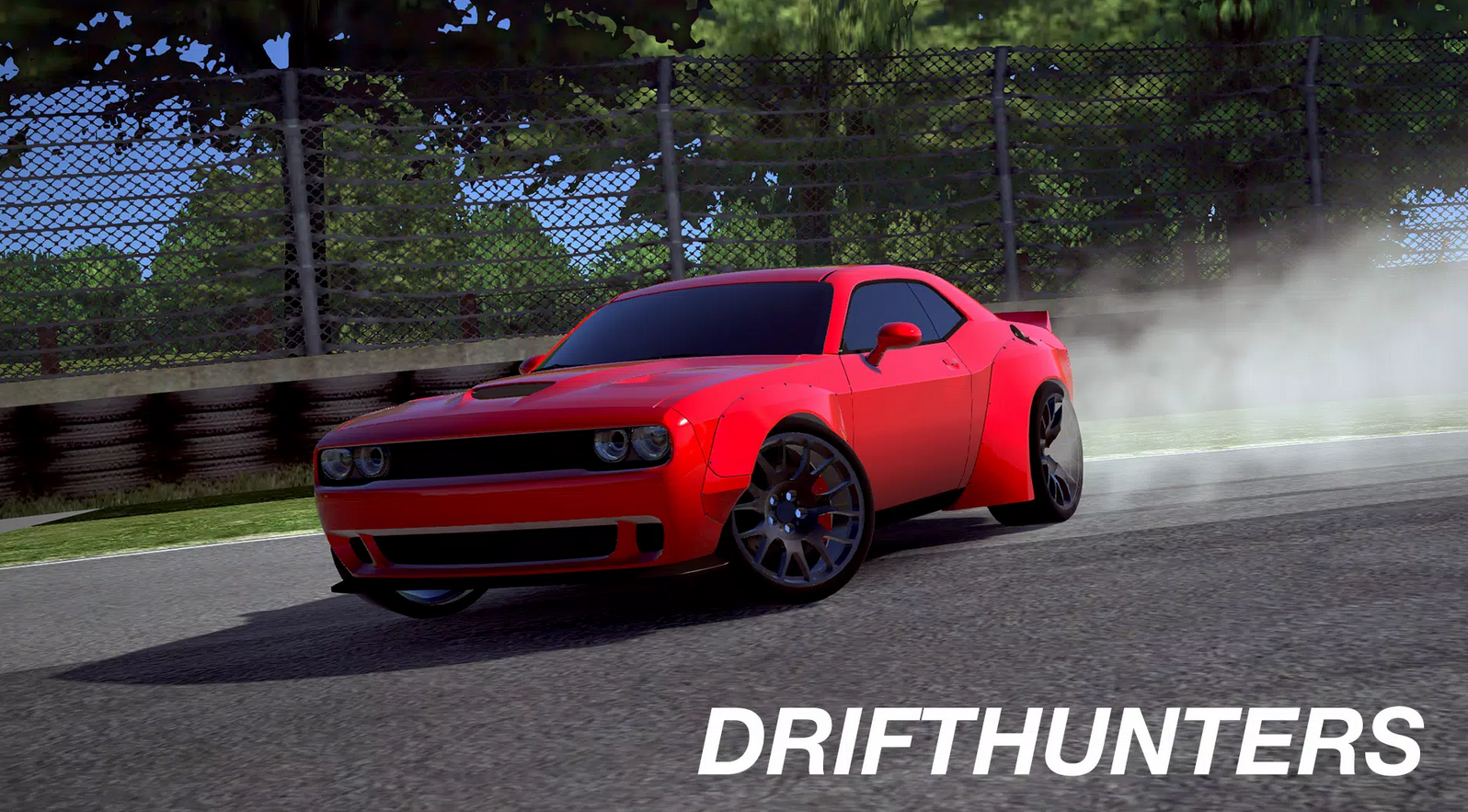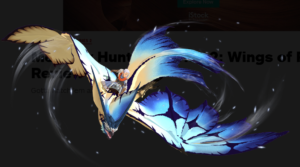 Let’s be clear: Back 4 Blood, while not Left 4 Dead 3, is actually Left 4 Dead 3. And even then, it’s trying to be subtle. It’s not surprising that Turtle Rock Studios, the developer of Left 4 Dead, isn’t surprised. It’s not surprising, then, that the studio is back to the cooperative zombie-slaying mode that first put it on top. Although there are many similarities between the original game, and its spiritual successor, Back 4 Blood’s most intriguing part is the apparent differences. It retains all the classic Left 4 Dead features, but it is interwoven with contemporary ideas appropriate to the modern era. The result is a game that captures what one might expect from a reanimated Left 4 Dead of 2021.
Let’s be clear: Back 4 Blood, while not Left 4 Dead 3, is actually Left 4 Dead 3. And even then, it’s trying to be subtle. It’s not surprising that Turtle Rock Studios, the developer of Left 4 Dead, isn’t surprised. It’s not surprising, then, that the studio is back to the cooperative zombie-slaying mode that first put it on top. Although there are many similarities between the original game, and its spiritual successor, Back 4 Blood’s most intriguing part is the apparent differences. It retains all the classic Left 4 Dead features, but it is interwoven with contemporary ideas appropriate to the modern era. The result is a game that captures what one might expect from a reanimated Left 4 Dead of 2021.
Back 4 Blood’s chaotic model may be the most similar to the games. Your group of friends and you are given the task of surviving the zombie plague. As you race from one safe place to another, you must also survive. The campaign is broken into four parts, each with a different number of chapters. The longest act, at 13 chapters, is the first. The final act, however, consists of one boss fight. It will take around six to seven hours to complete the campaign on the regular (and easiest), difficulty. But Back 4 Blood has plenty of replayability, especially when you add in the two most difficult difficulty levels as well as the game’s inherent variety. The AI Game director, which decides where and when enemies will spawn, returns to Left 4 Dead. Each chapter is unique because hazard placements, weapon availability, zombie frequency, and weapon availability all change with every playthrough.
You also have the same types of objectives throughout the campaign. These include surviving to the next safe room, alerting the Horde to remove an obstruction and moving forward, or protecting a location until you can escape. If you’ve played Left 4 Dead before, this is familiar territory. Back 4 Blood wins when it starts to deviate from the exact formula. You find the safe-room almost instantly, but instead of running away, you need to rescue others. Other interesting chapters include one in which you find a decrepit police station and must rescue a group of survivors. You not only have to find a corpsed man’s severed arm in order to unlock it but you will also be forced to use it as a weapon for your escape. Review Provided By Vex 7.
You have to place explosives on ships and escape the ship before it explodes. Back 4 Blood’s best moments occur in bars, where you are assigned to create a distraction for another group of survivors. The sound of Lemmy Kilmister’s gravelly rasp from a tired old Jukebox is what zombies listen to in order to create a distraction that allows another group of survivors to escape. Motorhead’s “Ace of Spades” provides the energetic soundtrack for a barroom massacre. But not all objectives are as exciting. There are too many situations where you must destroy the pulsating nodes of zombies before you can progress. Also, the last chapters in the three acts are frustratingly slow and boring. Read More

 Greetings, fellow wizards and witches of the wordplay realm! Today, I’m here to introduce you to a spellbinding concoction of linguistic wizardry and brain-teasing delights – the enchanting “Harry Potter Wordle” game. So grab your wands and sharpen your lexical prowess, because we’re diving headfirst into this captivating world of letters and spells.
Greetings, fellow wizards and witches of the wordplay realm! Today, I’m here to introduce you to a spellbinding concoction of linguistic wizardry and brain-teasing delights – the enchanting “Harry Potter Wordle” game. So grab your wands and sharpen your lexical prowess, because we’re diving headfirst into this captivating world of letters and spells. Let’s be clear: Back 4 Blood, while not Left 4 Dead 3, is actually Left 4 Dead 3. And even then, it’s trying to be subtle.
Let’s be clear: Back 4 Blood, while not Left 4 Dead 3, is actually Left 4 Dead 3. And even then, it’s trying to be subtle. Monster Hunter Stories: Wings of Ruin is a fantastic JRPG, regardless of whether you have your Monster Hunter Guild card. While it’s easy enough to play for both beginners and more experienced players, the mechanics are complex enough to keep them interested. It’s a lovely love letter to Monster Hunter and offers an imaginative world that I can’t help but imagine already in.
Monster Hunter Stories: Wings of Ruin is a fantastic JRPG, regardless of whether you have your Monster Hunter Guild card. While it’s easy enough to play for both beginners and more experienced players, the mechanics are complex enough to keep them interested. It’s a lovely love letter to Monster Hunter and offers an imaginative world that I can’t help but imagine already in.